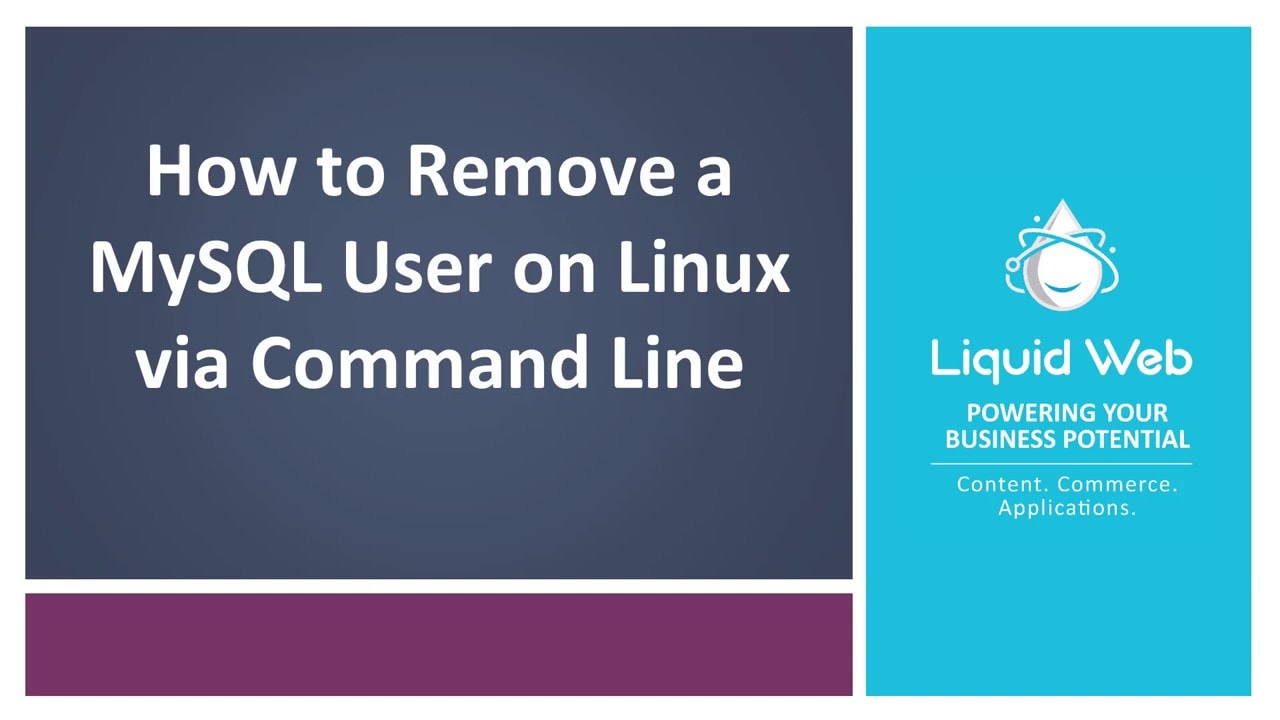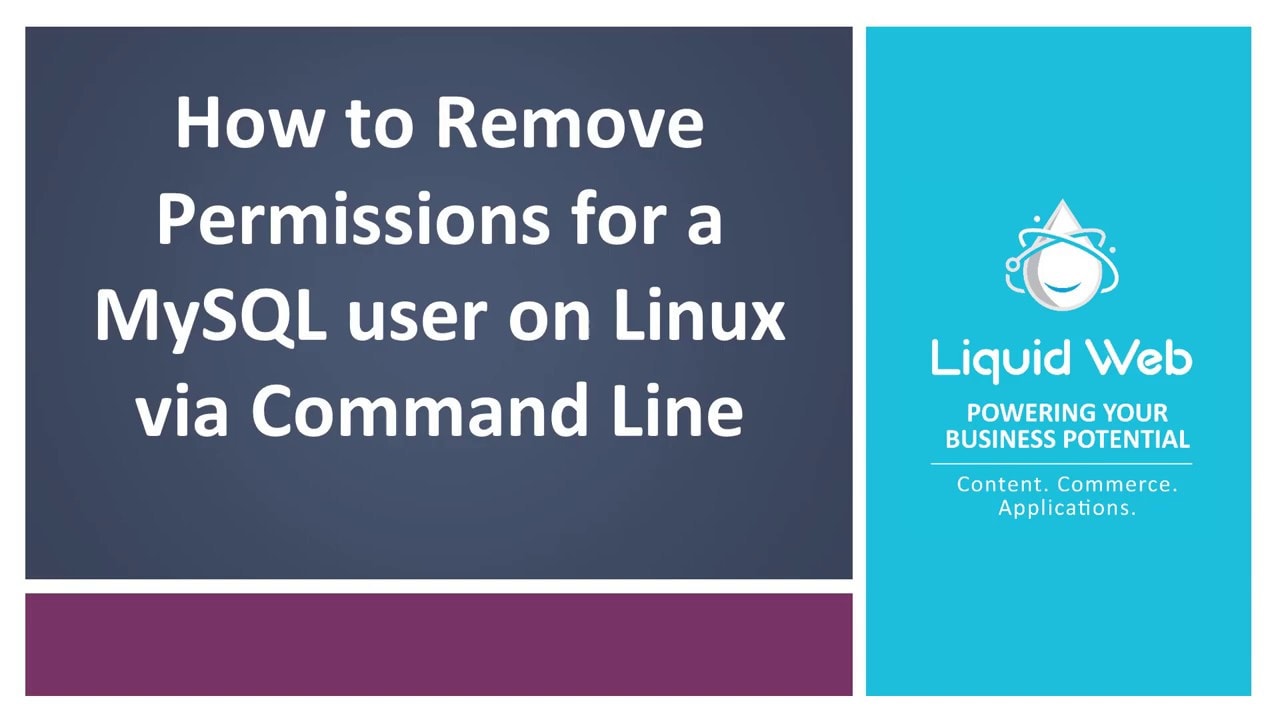Tag: CLI
List Which Apache 2 Modules are Enabled on CentOS 7
The Apache web server is one of the most popular and powerful web servers in the world due to its ease of administration and flexibility. This flexibility comes Apache’s modular design, and allows for such features as: URL rewriting for SSL encryption natively, and Outlook Anywhere passthrough support in reverse proxy setups. Modularity allows Administrators to modify Apache to meet their needs; adding modules that are needed and removing ones that are not. Here we’ll be working with Apache on CentOS 7.
II. How to Remove (Delete) a User on Fedora 20
- These instructions are intended specifically for adding a user on Fedora 20.
- I’ll be working from a Liquid Web Self Managed Fedora 20 server, and I’ll be logged in as root.
How to Add a User and Grant Root Privileges on CentOS 7
II. How to Remove (Delete) a User on CentOS 7
- These instructions are intended specifically for adding a user on CentOS 7.
- I’ll be working from a Liquid Web Self Managed CentOS 7 server, and I’ll be logged in as root.
List Which Apache 2 Modules are Enabled on CentOS 6
The Apache web server is one of the most popular and powerful web servers in the world due to its ease of administration and flexibility. This flexibility comes Apache’s modular design, and allows for such features as: URL rewriting for SSL encryption natively, and Outlook Anywhere passthrough support in reverse proxy setups. Modularity allows Administrators to modify Apache to meet their needs; adding modules that are needed and removing ones that are not.
How to Add a User and Grant Root Privileges on CentOS 6.5
- These instructions are intended specifically for adding a user on CentOS 6.5.
- I’ll be working from a Liquid Web Core Managed CentOS 6.5 server, and I’ll be logged in as root.
II. How to Remove (Delete) a User on Ubuntu 14.04 LTS
Pre-Flight Check
- These instructions are intended specifically for adding a user on an Ubuntu 14.04 LTS dedicated server.
- I’ll be working from a Liquid Web Core Managed Ubuntu VPS 14.04 LTS server, and I’ll be logged in as root.
II. How to Remove (Delete) a User on Ubuntu 12.04 LTS
- These instructions are intended specifically for adding a user on Ubuntu 12.04 LTS.
- I’ll be working from a Liquid Web Core Managed Ubuntu 12.04 LTS server, and I’ll be logged in as root.
The Apache web server is one of the most popular and powerful web servers in the world due to its ease of administration and flexibility. This flexibility comes Apache’s modular design, and allows for such features as: URL rewriting for SSL encryption natively, and Outlook Anywhere passthrough support in reverse proxy setups. Modularity allows Administrators to modify Apache to meet their needs; adding modules that are needed and removing ones that are not.
Remove a MySQL User on Linux via Command Line
MySQL via Command Line 101: Basic Database Interaction
- These instructions are intended for removing a MySQL user on Linux via the command line
- I’ll be working from a Liquid Web Core Managed CentOS 6.5 server, and I'll be logged in as root.

First we'll log in to the MySQL server from the command line with the following command:
Remove Permissions for a MySQL User on Linux via Command Line
MySQL via Command Line 101: Basic Database Interaction

- These instructions are intended for revoking a MySQL user permissions on Linux via the command line
- I’ll be working from a Liquid Web Core Managed CentOS 6.5 server, and I'll be logged in as root.
First we'll log in to the MySQL server from the command line with the following command:
Our Sales and Support teams are available 24 hours by phone or e-mail to assist.

